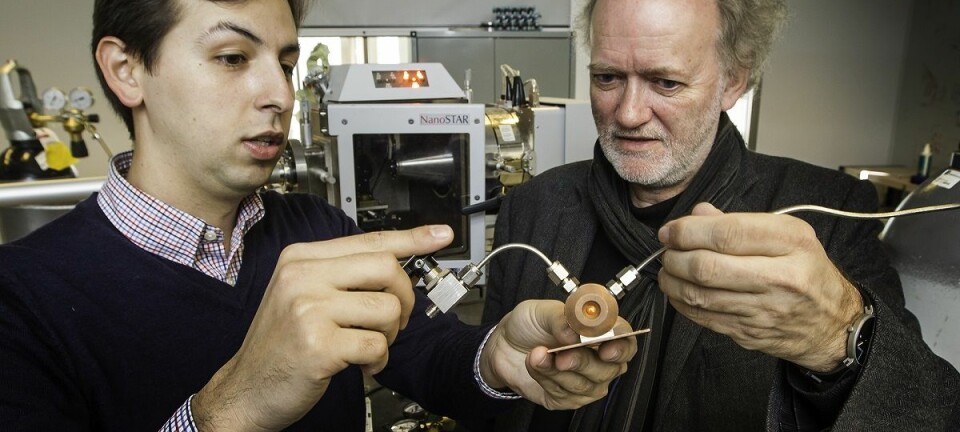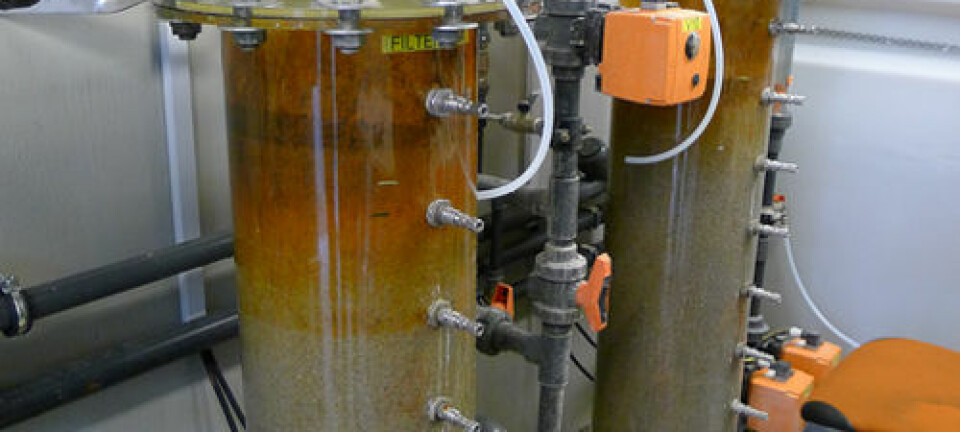
Scientists combat a tricky soil
High plasticity clay has challenged Danish engineers for decades, yet we still know very little about the clay, which can cause severe damage to buildings. A new research project aims to change that.
Did you ever stop to consider that the soil beneath you moves, and whether this might cause damage to buildings?
No? Then you’re probably not the only one, since most of us take it for granted that our buildings are going to remain where they were built – and won’t be damaged by underground movements.
But then you probably didn’t know that Denmark is home to a special soil type, which makes tall buildings rise and heavy buildings sink.
No one knew that back in the 1940’s either. Back then, engineers watched in shock as Skive Museum rose ten centimeters in a few years. More recently, Banedanmark (which maintains most of the Danish railway network) spent upwards of 200 million Danish kroner (27 million euros) to save The Old Little Belt Bridge, which has sunk 75 centimeters since 1935.
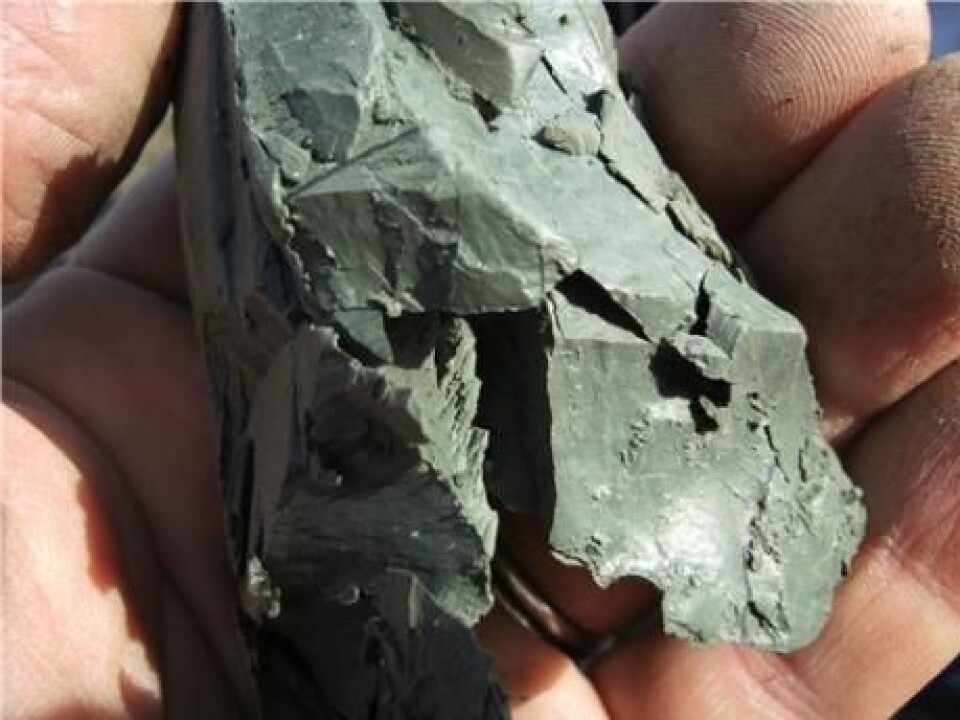
The forces that caused the museum to rise and the bridge to sink all owe to a special soil type known as high plasticity clay, Palaeogene clay or swelling clay. High plasticity clay is probably one of Denmark’s most complicated soil types, and a new research project is now trying to give Danish geotechnicians a much better understanding of its underlying mechanisms.
Read More: Eco-cement from Norwegian clay
Swelling clay can lift entire buildings
Denmark has neither volcanic eruptions nor major earthquakes, there are no large rivers causing flooding, and due to the country’s relatively flat terrain there is no risk of landslides.
On top of that, engineers are well-educated and there is a tradition of good construction practice so it’s rare that we see serious damage to buildings, bridges or roads caused by processes underground – fortunately!
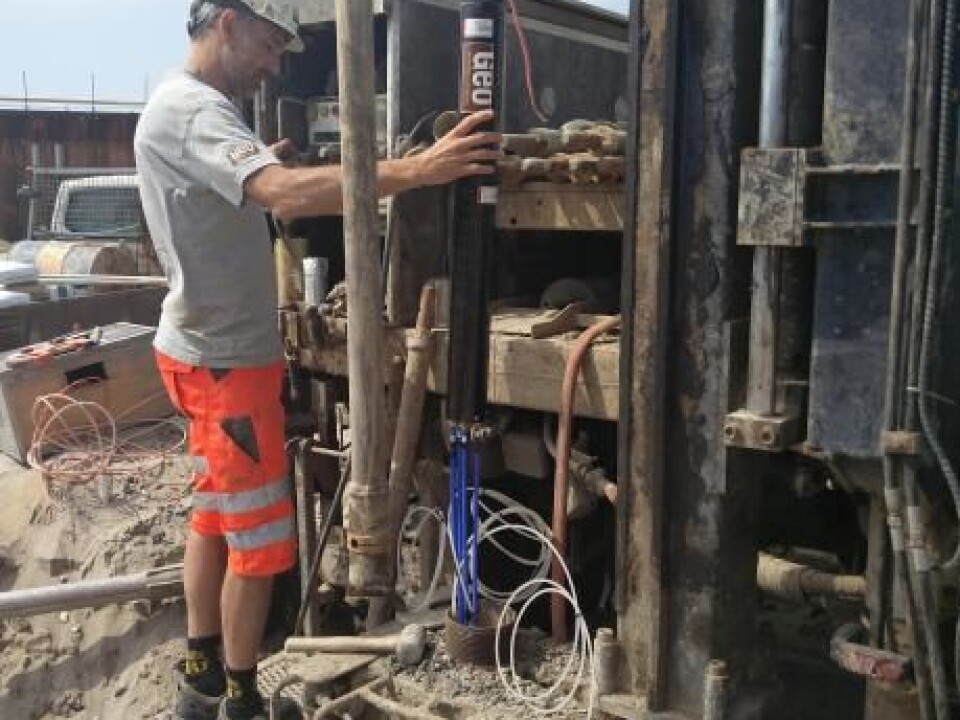
But the Danish underground contains soil types that are very different from others. Among these is high plasticity clay, which mostly resembles a semi-hard modelling clay.
High plasticity clay has the unfortunate property of expanding when pressure is removed – for example when you remove a large mass of earth during construction of a basement.
The forces in the clay are tremendous and can cause severe damage to a building if it weighs less than the removed earth mass.
The problems arise because the high plasticity clay possess – as the geotechnicians call it – a high swelling pressure.
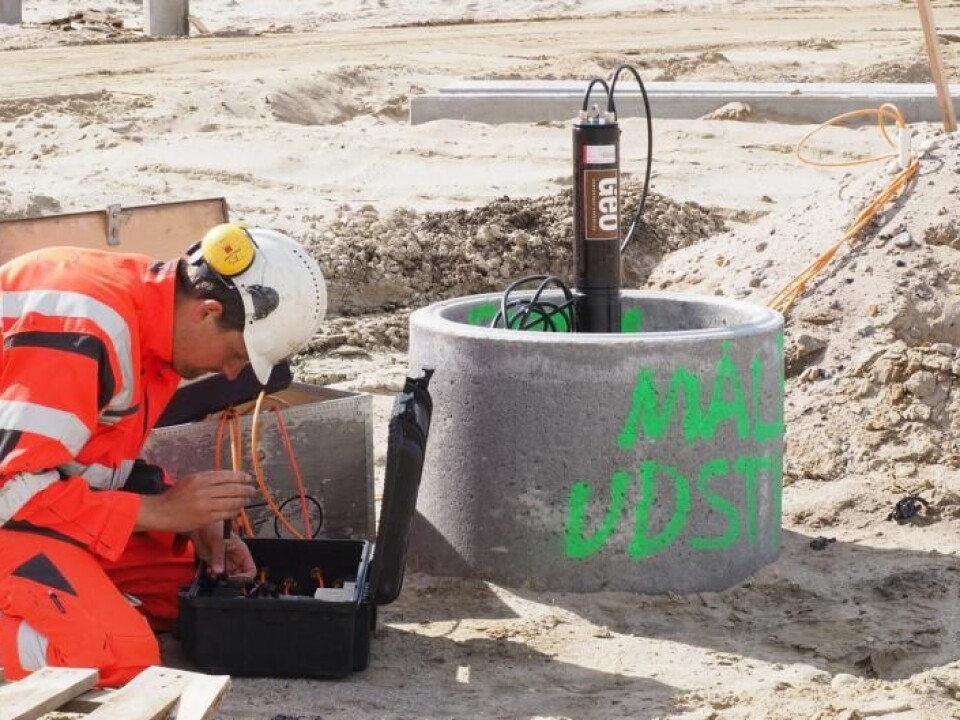
Palaeogene clay is not solely a Danish phenomenon. In London, most of the city’s underground train network is constructed in similar layers of clays, and in Belgium you can find a laboratory more than 200 meters below ground where the chemical and microbiological properties of high plasticity clay are being investigated with the purpose of developing safe repositories for radioactive waste.
Read More: Clay can be used for carbon capture
It started more than 40 million years ago
To understand why this clay is so difficult to build on top of, we need to go back more than 40 million years to a geological era where nothing was as it is today.
Back then, the global climate was markedly warmer. There was almost no ice at the poles and sea levels were many hundred meters higher than that of today.
The area that is now Denmark was covered by deep-sea, which slowly filled up with microscopic clay particles over the course of millions of years.
Coinciding with this, there were major volcanic eruptions in the North Atlantic as North America and Europe began to separate due to plate tectonic movements.
The ashes from the eruptions ended up in the ocean alongside the clay particles. Later, the ash was chemically transformed into a clay mineral known as smectite.
Smectite is the biggest offender when it comes to the issue at hand. Clay minerals have a unique composition, which makes them capable of exchanging some of their ions under the right circumstances – this is known as a clay mineral’s cation-exchange capacity.
Out of all the clay minerals, smectite has the highest cation-exchange capacity, and this is part of the reason why the clay acts as it does.
Read More: How the heavy plough changed the world
Negative pressure in the clay causes problems
Imagine that you squeeze a foam sponge and then let go. The pressure inside the sponge then decreases.
The same thing happens when you excavate on top a layer of high plasticity clay: the pressure in the clay decreases. When the pressure decreases it creates an under pressure or negative pressure– and as the laws of physics prescribe, differences in pressure will always seek to balance themselves out.
This causes pore water in the areas of the clay with higher pressure to move towards the areas with lower pressure. The pressure equalization can last for decades, though, as the clay’s dense structure makes it difficult for the water to move through it.
But slowly, the water is displaced and absorbed by the smectite minerals. This can cause the clay to expand by upwards 500 per cent!
To prevent building damage, engineers need to design the building in a way that it can resists the expansion of the clay.
Read More: Earth’s history reveals where earthquakes hit
Measurements give better calculation
A new research project is helping us understand high plasticity clay behaviour through comprehensive field studies at a number of construction sites.
Using advanced measurement equipment, reaching down to 30 meters depth, we are able to measure the magnitude of the under pressure that forms in the high plasticity clay and precisely how much the clay rises subsequently.
This allows us – for the first time – to correlate pressure conditions and movements.
Combining this with lab tests and our general knowledge of the clay, the new data make it possible to improve the calculation models, which allows us to better predict the clay’s – and thus the buildings – movements.
Read More: Underground valleys discovered in Denmark
The problems are not always as big as we think
Once the engineers have calculated how much the clay will expand, the building needs to be designed to resists the expansions. That makes construction projects more expensive than usual, but that might not be as much as a problem as we think.
Most buildings built on high plasticity clay have to stand on long piles made of steel or concrete to ensure that the underground can support the weight of the building. The piles are driven deep into the ground, and the force it takes to get them down there creates a high pressure in the clay.
Through our research, we hope to show that the high pressure created by the pile driving actually cancels out the under pressure caused by the earlier excavation. If this is the case, then it will be groundbreaking new knowledge.
If our theory holds up, then we don’t have to worry too much about our buildings rising up due to high plasticity clay – as long as the building is built on piles.
Read More: Arctic soils: a ticking climate time bomb
Too early to draw any conclusions
Since the pressure and movements we’re trying to measure typically develop over the span of more than 50 years, it’s not exactly an easy task to make any solid conclusions through a three-year research project!
That’s why the measurements need to continue many years into the future before we can crack the code to understanding the clay’s behaviour.
But in Denmark we have many other types of soil than high plasticity clay, and no matter where in the country you live, one thing is sure: there’s soil under your house’s foundation.
Soil, which behaves in one way or another depending on if it’s high plasticity clay, sand, or a third type.
Even though you might not stay up all night worrying about the ground beneath your house, it isn’t completely irrelevant how it acts.
And all things considered, most of us probably sleep best when our house isn’t moving.
-----------------
Read this article in Danish at ForskerZonen, part of Videnskab.dk
Translated by: Kristian Secher


